| Sorted by date | |||
page202from Building Ideas
5 Christopher Alexander et al. – Sala
House, Albany, California, 1982-85: Interior.(Neil Jackson)
6 Christopher Alexander et al. – Sala
House, Albany, California, 1982-85: Interior.(Neil Jackson)
discussing the Eishin campus, constructed
in 1985, Alexander presents the project as a kind of civil war between two
competing systems of buildings. The first – “world system A” – is based on his
use of the
 ... more ... ... more ...
|
|||
|
|||
|
|
|||
page201from Building Ideas
4 Christopher Alexander et al. – Sala
House, Albany, California, 1982-85. (Neil Jackson)
this can be seen in the involvement of
users in design, and there are several cases worth considering, particularly
for their curiously similar formal characteristics. These range from whole
cities constructed by their inhabitants, such as Paolo Soler’s monumental
Arcoscanti, down to the one-off house built by the client, with the architect
acting as an onsite advisor. This latter scenario has been championed by
Christopher Alexander, who started life a
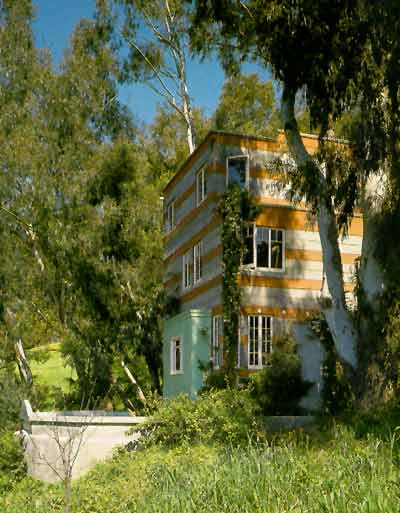 ... more ... ... more ...
|
|||
|
|||
|
|
|||
page200from Building Ideas
3 Paolo Soleri –“Arcosanti”, Arizona, 1969
onwards.(Neil Jackson)
would
be the equivalent of the rules of metre and rhyme for poets of earlier times: a
body of constraints stimulating new discoveries, a set of rules with which
improvisation plays.35
 ... more ... ... more ...
|
|||
|
|||
|
|
|||
page199from Building Ideas
level of every day “tactics”. This
difference was theorized more specifically in the work of Michel de Certeau,
who was also influenced by Lefebvre’s writing on everyday life, in the
development of his notion (with reference also to Foucault) of an “anti-disciplinary”
practice of resistance to authority:
Many
everyday practices (talking, reading, moving about, shopping, cooking, etc.)
are tactical in character. And so are, more generally, many ‘ways of operating’;
victories of the ‘weak’ over the ‘st... more ...
|
|||
|
|||
|
|
|||
page197from Building Ideas
at
present neutralized by our spatial as well as our social confusion. The
political form of postmodernism, if there ever is any, will have as its
vocation the invention and projection of a global cognitive mapping, on a
social as well as a spatial scale.31
Jameson
likewise imagined the Utopian project to be a key component of this “counterhegemony”,
suggesting alternative ideas and practices of space against which society ... more ...
|
|||
|
|||
|
|
 ... ...
... ... ... ...
... ... ... ...
... ... ... ...
... ... ... ...
... ... ... ...
... ... ... ...
... ... ... ...
... ... ... ...
... ...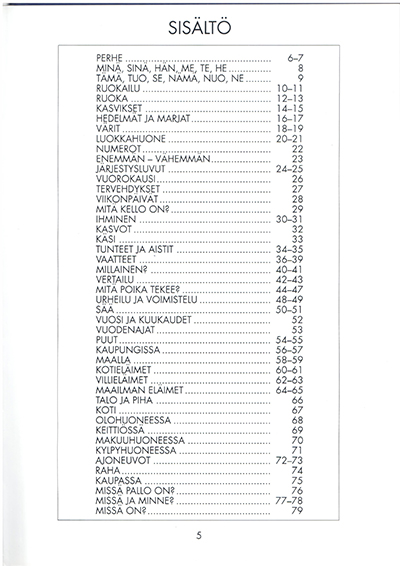 ... ...
... ... ... ...
... ... ... ...
... ...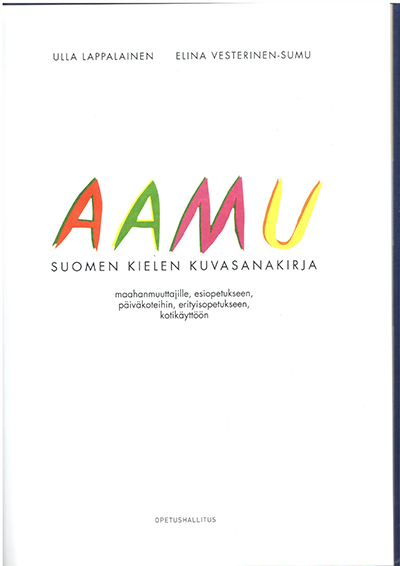 ... ...
... ...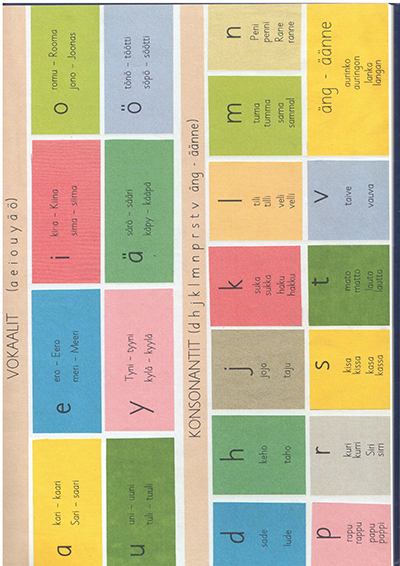 ... ...
... ...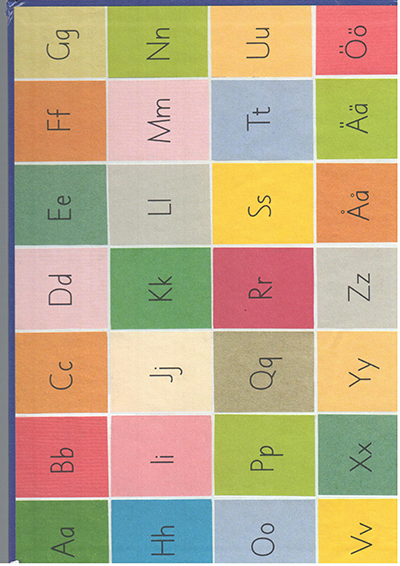 ... ...
... ...